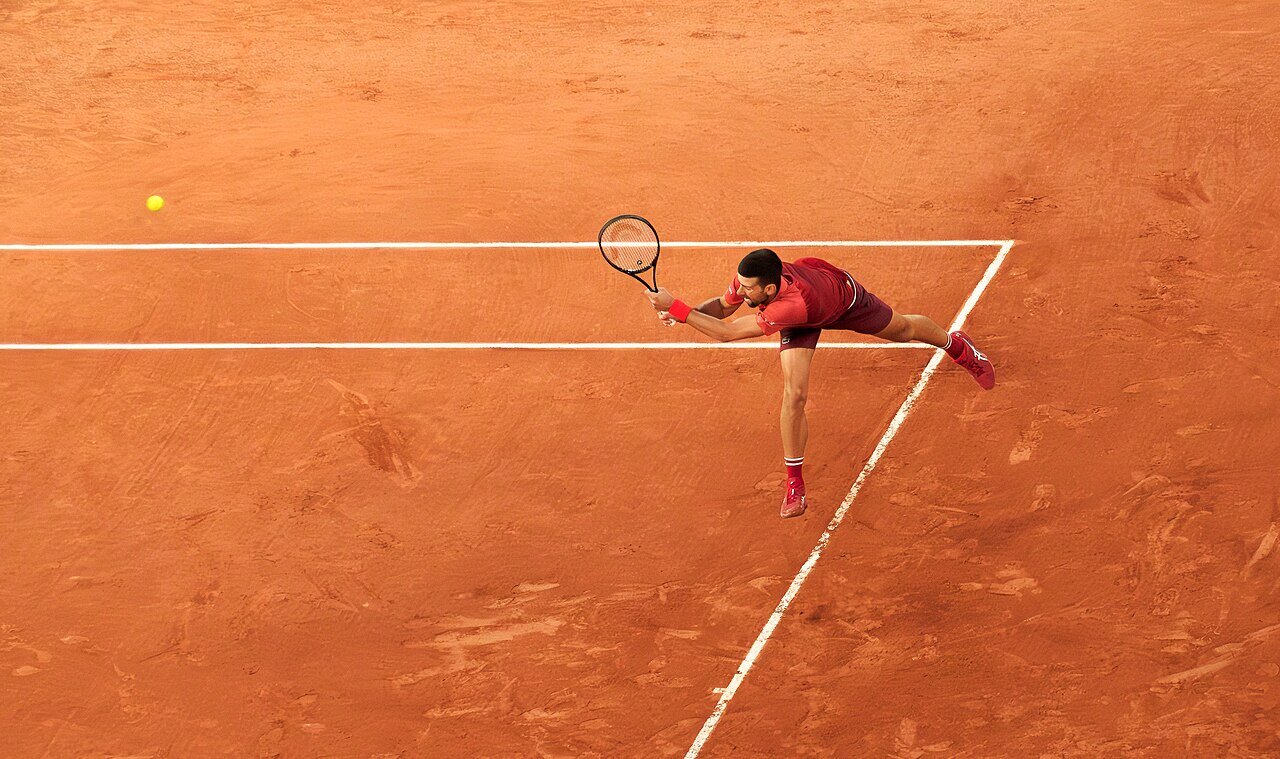One of the most memorable moments for me in the 2025 Wimbledon tennis tournament was the post-game interview with Novak Djokovic following his defeat by Jannik Sinner in straight sets, 6-3, 6-3 and 6-4.
Djokovic was obviously tired and upset that his dreams for another slam were quashed, especially one that would have tied him with his great rival, Roger Federer, for most victories at Wimbledon.
He is a determined, highly focused, disciplined, relentless and highly skilled player — his 24 grand-slam victories point to that.
But it was his comments about how aging was catching up to him, despite his relentless training schedule, that caught my interest.
He is now 38. His predecessors and chief rivals in earlier days were Nadal, who retired recently at 38, and before him, Federer, who retired at 41.
In recent years, Djokovic has deliberately cut back on the number of scheduled tournaments he chose to enter to focus on “ones that count” to him such as the grand slams of the Australian Open, French Open, Wimbledon and U.S. Open as a way to reduce the risk of wear and tear injuries and the cumulative fatigue that comes with entering a fuller slate of tennis competitions.
Grand slam events on the male side can run to five sets and be taxing mentally and especially physically. Hence, committing to fewer tournaments makes sense to Djokovic as a way to peak at the right time to perform his best at Wimbledon, his favourite grand slam tournament.
Djokovic admitted that in the last two years, winning has become far more challenging for him despite carefully pruning his commitments and sticking to a rigorous training program.
Then the other day, I talked to my son, who, in his mid-50s, is very fit and had just returned from a several-day competitive bike race with some of his surgical buddies in Mexico.
One comment stood out, which was very similar to comments made by downhill skiers on the toughest runs in North America.
Both require rapid-fire decisions, which, especially on unfamiliar runs, were increasingly hard to make as they got older despite high levels of overall fitness for their age, competitiveness and determination.
To me, as a neurophysiologist, that translated as slower processing speeds in all the parts of the brain related to skiing and biking and has a parallel in Nobel Prize winners in the sciences.
These days, it’s common for Nobel Prizes in the sciences to come two decades following the work that garnered the prize — which translates as winning prizes in their 60s and the original work which garnered the prize 20 years earlier in their 40s, and even earlier in the case of theoretical physics, which requires a high degree of imagination and skill in mathematics.
The latter was certainly true in the Camelot period of quantum mechanics between 1900 and 1930, by which time the field had matured.
Most of those who made the most significant contributions were in their 20s and 30s with only the odd older ones, such as Max Born.
Paul Dirac, perhaps the cleverest of them all, was most productive in his twenties in a field like quantum mechanics, which at that time rewarded original thinking and high mathematical skills with less dependence on accumulating information over several decades, so characteristic of physician-scientists.
Albert Einstein, who Dirac considered the best of the lot because of his magisterial work of general relativity, was 36 at the time it was published and had been working on his theory for several years with some help from other mathematicians.
Thereafter, Einstein was no longer productive at the level he was between 1905 (age 26) and 1915 (age 36). Competitive, yes, original, yes, but not at the same level.
Max Born, who guided many of the young prodigies in quantum mechanics, was in his 40s at the time.
The point of this exercise is to illustrate that aging begins to take a toll on our physical and cognitive skills beginning as early as our late 20s and 30s.
Supportive though indirect evidence for which is MRI findings of neocortical thinning beginning in the late teens and early 20s, and matter changes beginning a decade later and all increasing much faster much past 60, which is precisely what I call the sweet spot for senior politicians — they still possess high enough but diminishing cognitive skills to manage their jobs effectively helped by several decades of accumulated experience.
My artist friends, writers, painters and musicians may have different takes, but the evidence is compelling enough to me to justify a broader look at aging, which, based on MRI studies, begins surprisingly early, even if performance declines aren’t so obvious except when subjects are pressed to the limit as they are in highly demanding athletic events or managing complex organizations.
Diminishment, the loss of abilities which we take for granted, comes early to athletes, as seems to be the case with Novak Djokovic and his generation, but comes to all of us in different ways and times. It’s how we manage that diminishment that counts.
As for Djokovic, I hope he returns next year for another crack at matching Federer’s eight victories at Wimbledon, but given the trajectories of Sinner, Carlos Alcaraz and Djokovic, a Djokovic win at Wimbledon 2026 would be a miracle.
Going beyond athletics and science, it makes sense to me that there should be age limits beyond which people cannot serve as politicians — need I say more for the Senate and House of Representatives in the U.S. and equivalents in Canada and especially so for prime ministers, presidents and local politicians, too.
Too often politics locally, provincially and nationally become clubbish and a safe financial haven and source of influence, when what citizens need is accountability, vision, original thinking and enough energy to get things done.
Dr. William Brown is a professor of neurology at McMaster University and co-founder of the InfoHealth series at the Niagara-on-the-Lake Public Library.










